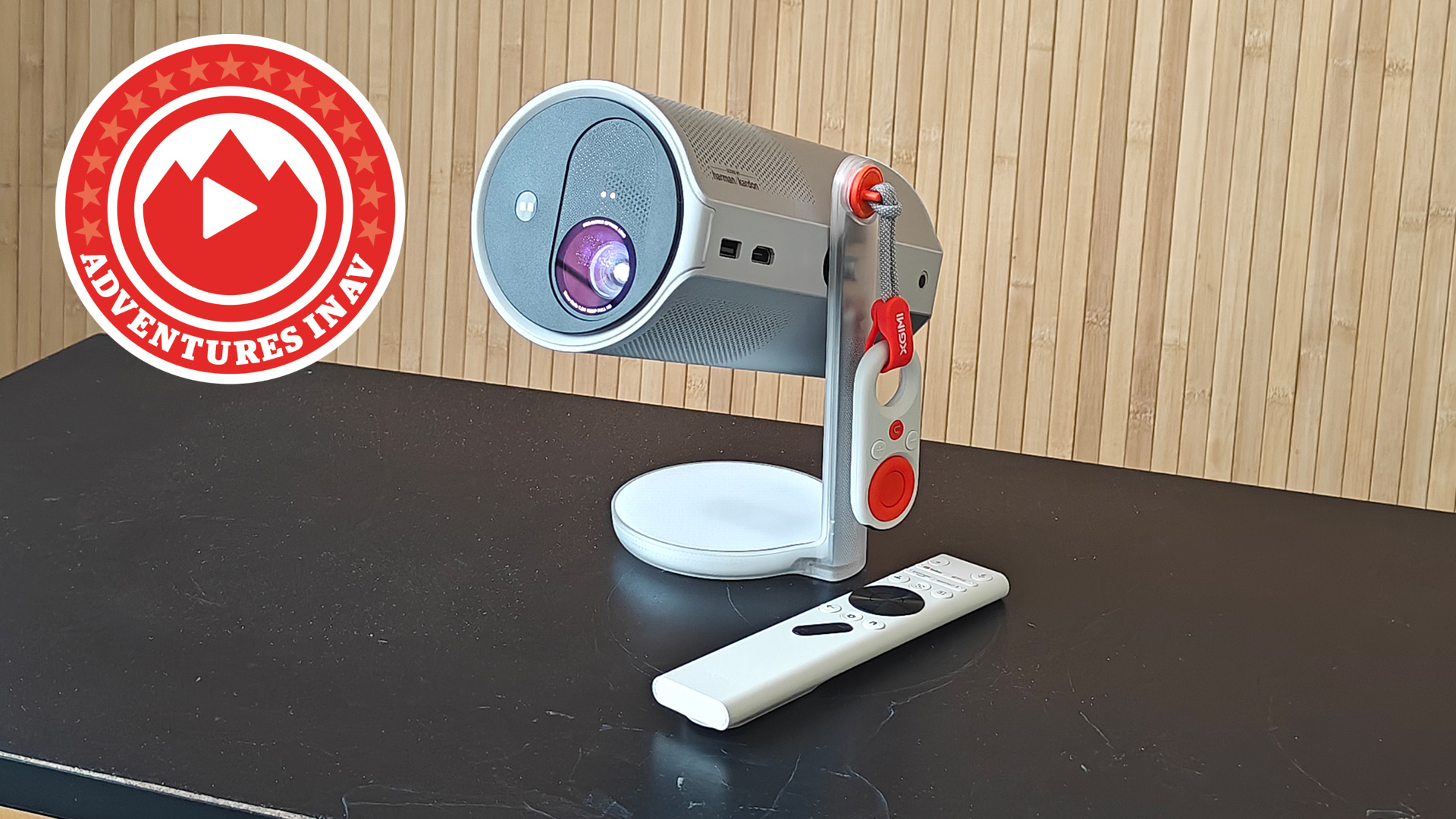Sonos Ray vs Sonos Beam Gen 2: which is the better budget soundbar?
We compare the newer kid on the block with its eARC-wielding sibling
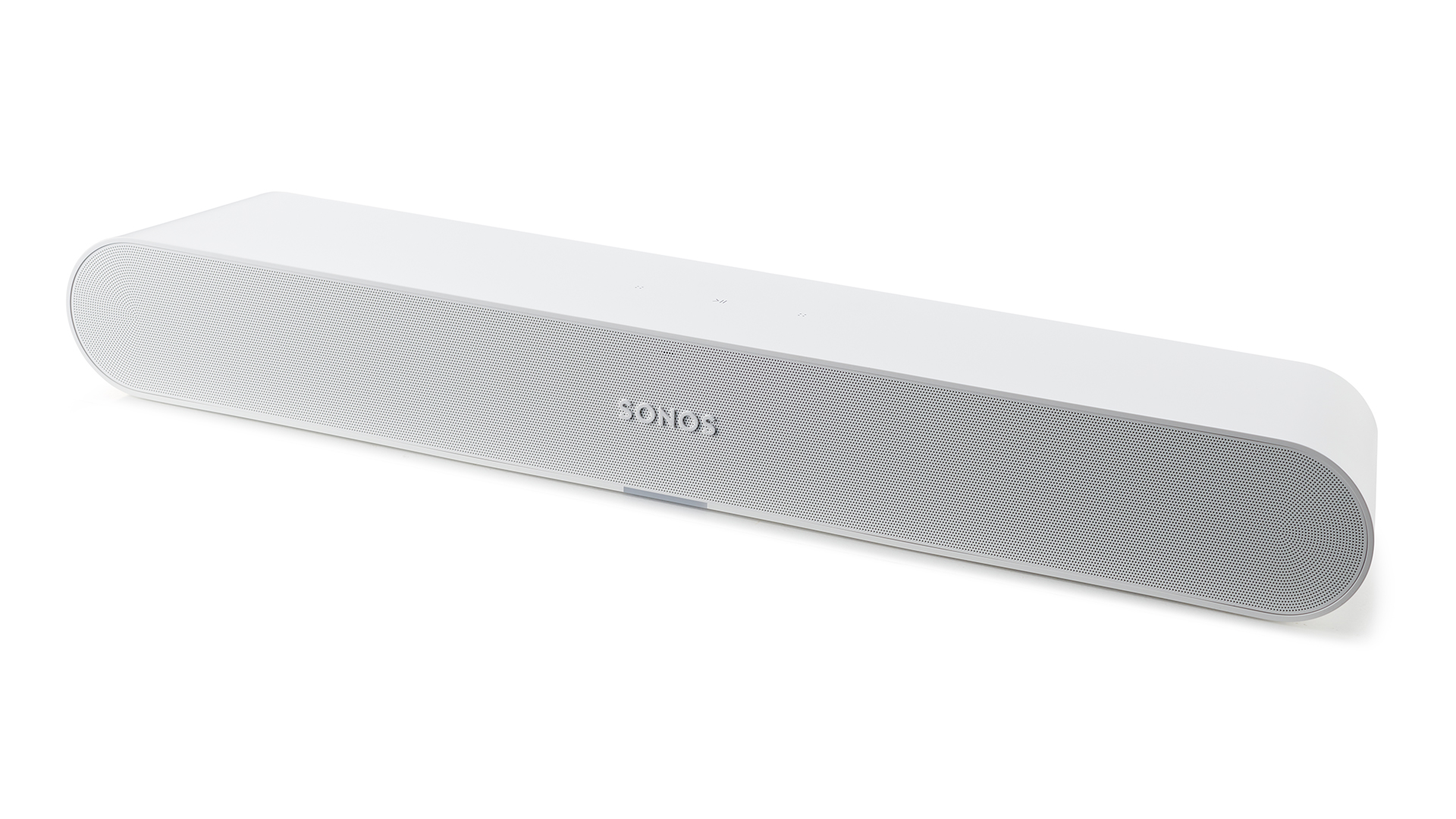
Connections: 1 x optical
Sound formats: Stereo PCM, Dolby Digital 5.1 and DTS Digital Surround
Dimensions (hwd): 7 x 56 x 10cm
Weight: 2.8kg
On paper, the Ray might look a bit basic, but you have to bear in mind the price – this is Sonos dipping its toe into budget waters, and it brings some trademark features like wireless connectivity and room calibration to a new part of the market. It's just a shame it doesn't perform better sonically.
Pros
- Excellent vocal clarity
- Punchy, forthright projection
- Detailed high end
Cons
- Not much low-end extension
- Delivery a touch clinical
- Narrow soundfield
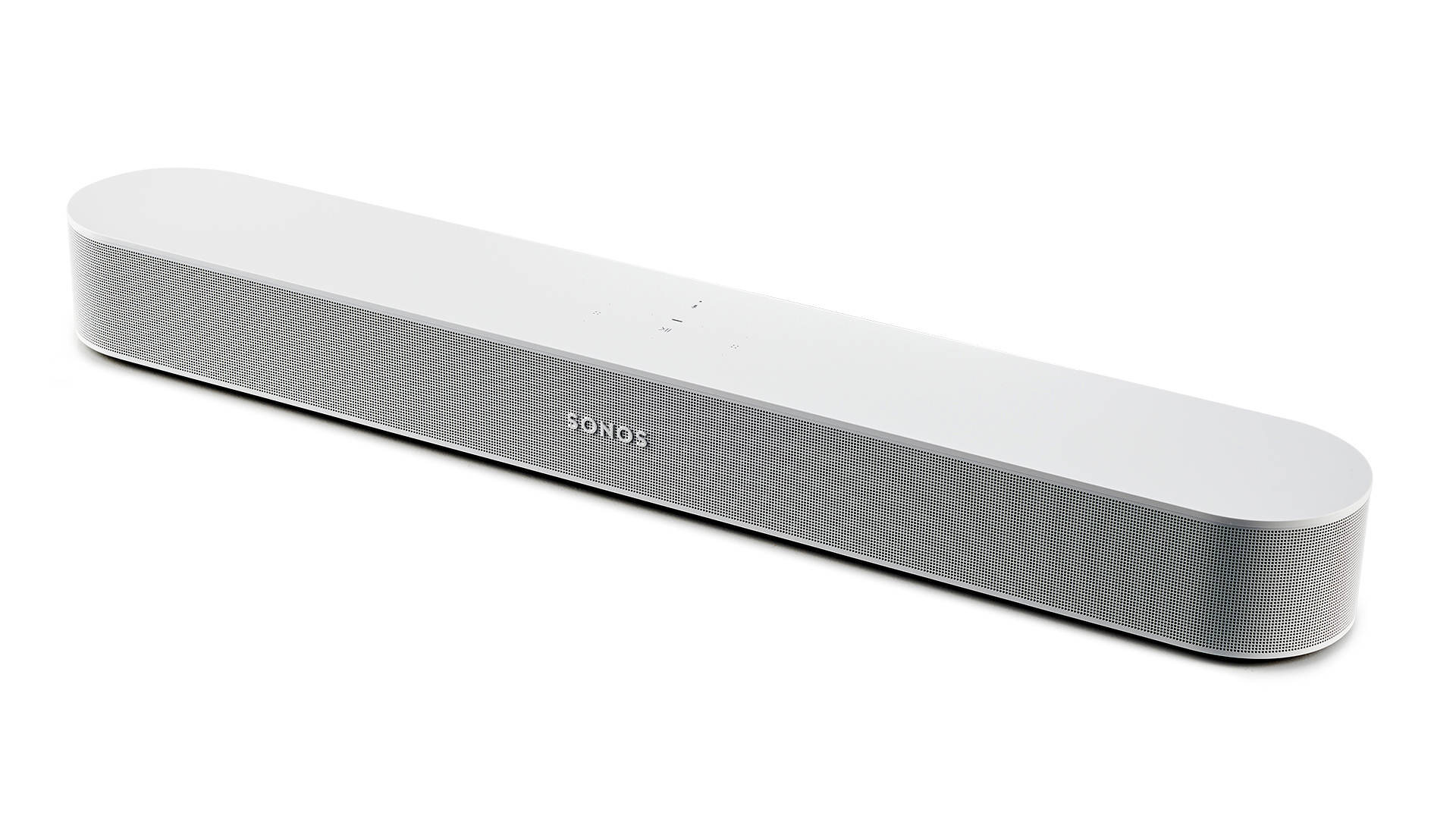
Connections: 1 x eARC
Sound formats: Dolby Atmos DP / Dolby Atmos True HD / Dolby Digital / Multichannel PCM/ Dolby Multichannel PCM / stereo PCM
Dimensions (hwd): 7 x 65 x 10cm
Weight: 2.8 kg
The Beam Gen 2 won a What Hi-Fi? Award for a very good reason – it's exceptional. Its Dolby Atmos performance outguns many more expensive soundbars, while its streaming smarts, compact design and expert handling of motion, depth and space make it pretty compelling. If you can stretch your budget, do.
Pros
- Effective handling of Dolby Atmos
- Warm, refined sound
- Streaming smarts
Cons
- No additional HDMI ports
- Doesn’t support DTS:X
Sonos makes some great soundbars – both the Sonos Beam Gen 2 and the Sonos Arc are What Hi-Fi? Award winners. But a couple of years ago it ventured into new territory with the Sonos Ray, creating a smaller model with a much lower price.
To achieve this, Sonos has had to cut back on HDMI connectivity, voice control and immersive format support, features that, it's fair to say, not everyone necessarily wants.
We've reviewed both the Sonos Ray and the Beam 2, so if you need help deciding which is the better soundbar to suit your budget and space we've got all the details, specs and comparisons you need...
- Sonos Arc (Gen 2): 5 things we want from the next flagship soundbar
- And 4 things we want from the upcoming Sonos Beam Gen 3
- Incoming! What to expect from Sonos in 2024
Sonos Ray vs Sonos Beam Gen 2: price

The Sonos Ray is Sonos' most affordable soundbar ever. Priced at £279 / $279 / AU$399, it's a fair chunk cheaper than the Sonos Beam Gen 2, which launched at £449 / $449 / AU$699. As an older model, the Beam Gen 2 is occasionally discounted, but not by much – around 10% off is about as good as we've seen.
Obviously, we know which one of the two models your wallet will prefer but, depending on your needs, you might benefit more from forking out the extra cash for the additional features of the Gen 2.
**Winner: Sonos Ray**
Sonos Ray vs Sonos Beam Gen 2: design

At first glance, the Ray looks a bit like a Beam Gen 2 that's been carelessly tipped over, but look closer and the newcomer's individualities become apparent. Measuring 7 x 56 x 10 cm (hwd), it's comparable size-wise to the Beam Gen 2 but shortened in width by around 9cm. And, at 1.95kg, it's nearly 1kg lighter.
The chassis of the Ray is slightly tapered, with the rear smaller than the front, and the perpendicular front face is covered with a perforated polycarbonate grille under which sit its forward-facing drivers. Thanks to this design, the Ray is the first Sonos soundbar that can be placed on a shelf within a TV cabinet without the sound dispersion being impacted.
The Beam Gen 2, meanwhile, has a curved grille that wraps around the ends of the bar, allowing for sideways projection of sound. For that projection to be effective, the Beam needs to be placed in free space.
Both soundbars have rigging points for wall mounting, as well as capacitive touch buttons, LED indicators and a choice of black or white finishes.
The Ray and the Beam Gen 2 share so much design DNA that there's not much in it, and which one you prefer will be down to personal preference and practicality. However, the finish of the Beam Gen 2 is slightly more seamless than the Ray, which has a small amount of flex in the chassis around the grille, and for this reason, the older model has the edge.
**Winner: Sonos Beam Gen 2**
Sonos Ray vs Sonos Beam Gen 2: features
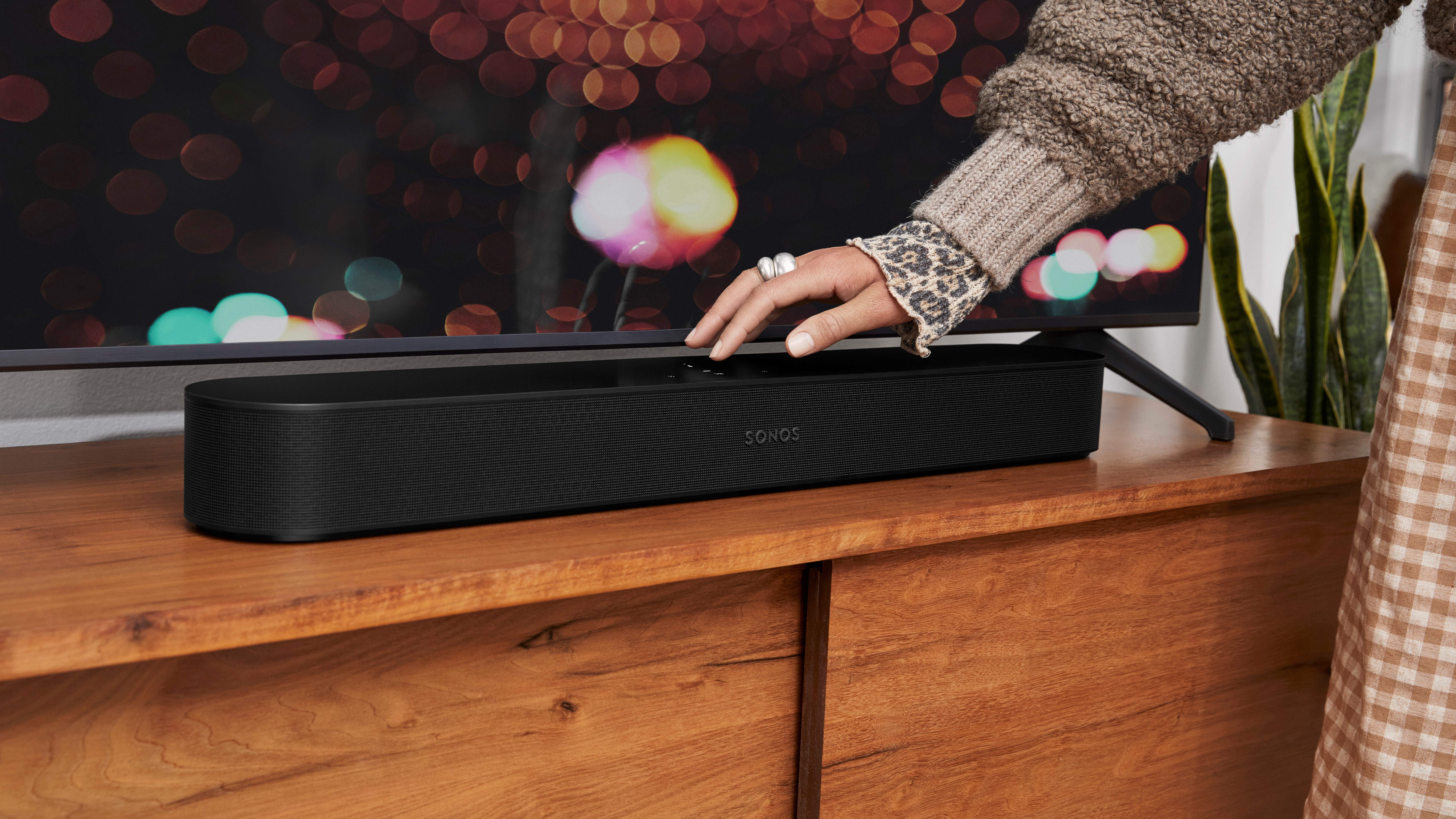
This is where the two soundbars really start to diverge. The Beam Gen 2 has support for virtual Dolby Atmos (in its Dolby TrueHD format ) as well as eARC connectivity, meaning it can handle up to 32 channels of audio, including eight-channel, 24bit/192kHz uncompressed data streams at speeds of up to 38Mbps.
It can decode a wide range of audio formats, including stereo PCM, Dolby Digital, Dolby Digital Plus, Dolby Atmos and multichannel PCM. Music lovers will also appreciate that the Beam Gen 2 supports Amazon Music’s Ultra HD audio and Dolby Atmos Music.
Unlike its bigger sibling, the Sonos Ray does not have eARC connectivity. At the rear, you'll find an optical input for connection to your TV (cable included), and its format support is limited to stereo PCM, Dolby Digital 5.1 and DTS Digital Surround.
Some might be unimpressed to see there’s no HDMI, but Sonos' reasoning seems to be that optical connections are even more common on TVs than ARC-capable HDMIs, and that optical can handle all of the formats that the Ray is designed to work with, so HDMI is superfluous.
Of course, ARC/eARC is also handy because it means you can use your regular remote to control a soundbar's functions, but the Sonos Ray has an infra-red receiver that will allow the soundbar to sync with your TV remote for unified control anyway.
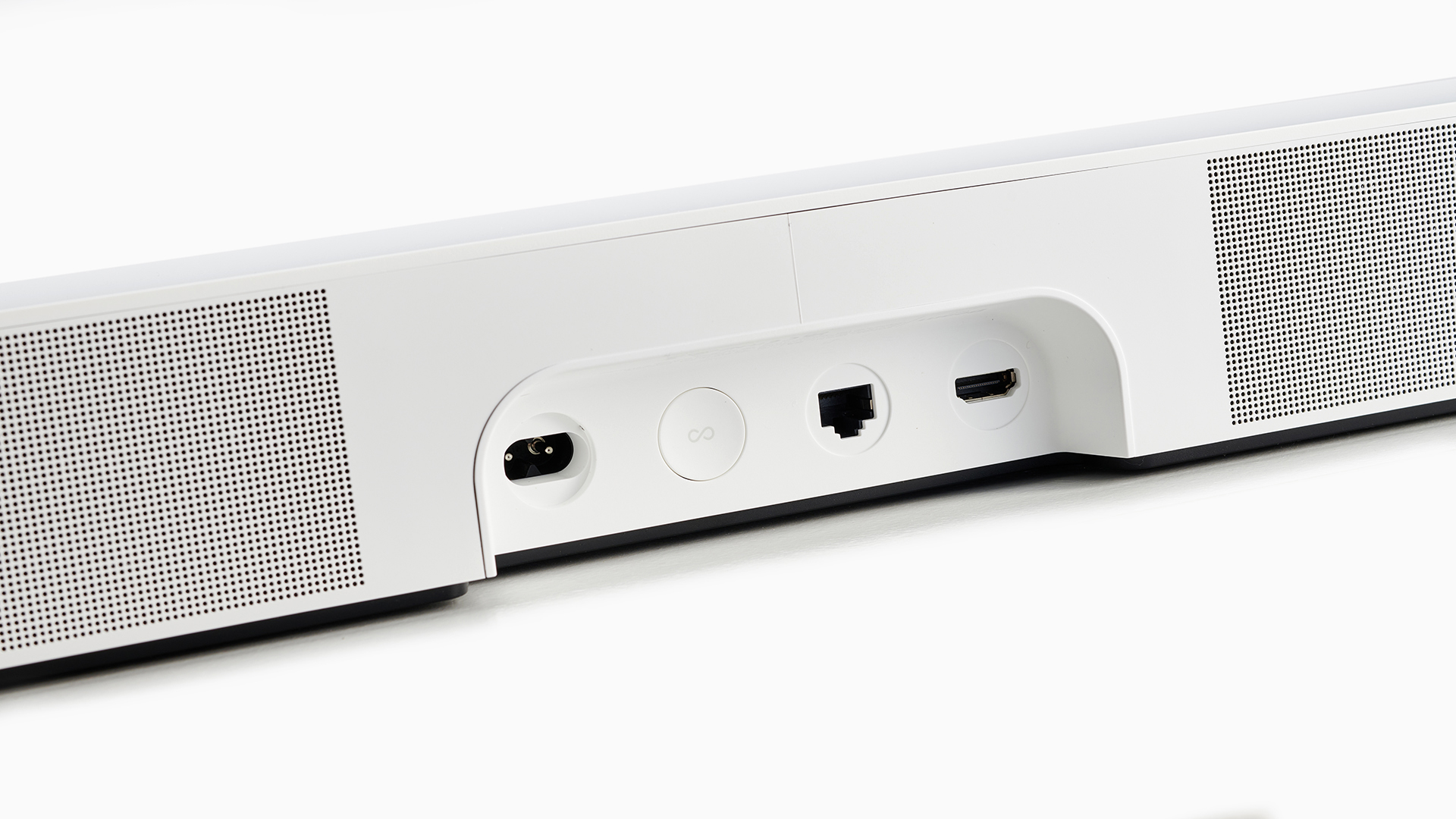
A lack of Dolby Atmos doesn't mean that the Ray can't necessarily deliver enveloping audio. Using waveguides with apertures, Sonos claims the Ray can project high frequencies forwards and outwards for a sense of spaciousness that, used in conjunction with audio processing, will create an expansive wall-to-wall sound. Sonos has also confirmed that, like its other soundbars, the Ray uses boundary reflections to help create a more immersive soundstage for listeners.
Both soundbars allow users to create a wireless multi-channel surround system with rear surrounds and a sub.
Other matched features include multi-room wireless streaming, Apple AirPlay 2 and support for Sonos’ TruePlay room calibration via the Sonos S2 app, which also allows you to adjust treble/bass and access Night Mode and Speech Enhancement features. However, a lack of in-built microphones on the Ray means that, unlike the Beam Gen 2, it does not support voice control.
Sticking to an optical connection, which is found almost universally on TVs, keeps things as simple as possible on the Ray while also keeping costs down. However, there's no escaping the fact that the feature set of the Beam Gen 2 is more comprehensive and sophisticated.
**Winner: Sonos Beam Gen 2**
Sonos Ray vs Sonos Beam Gen 2: sound
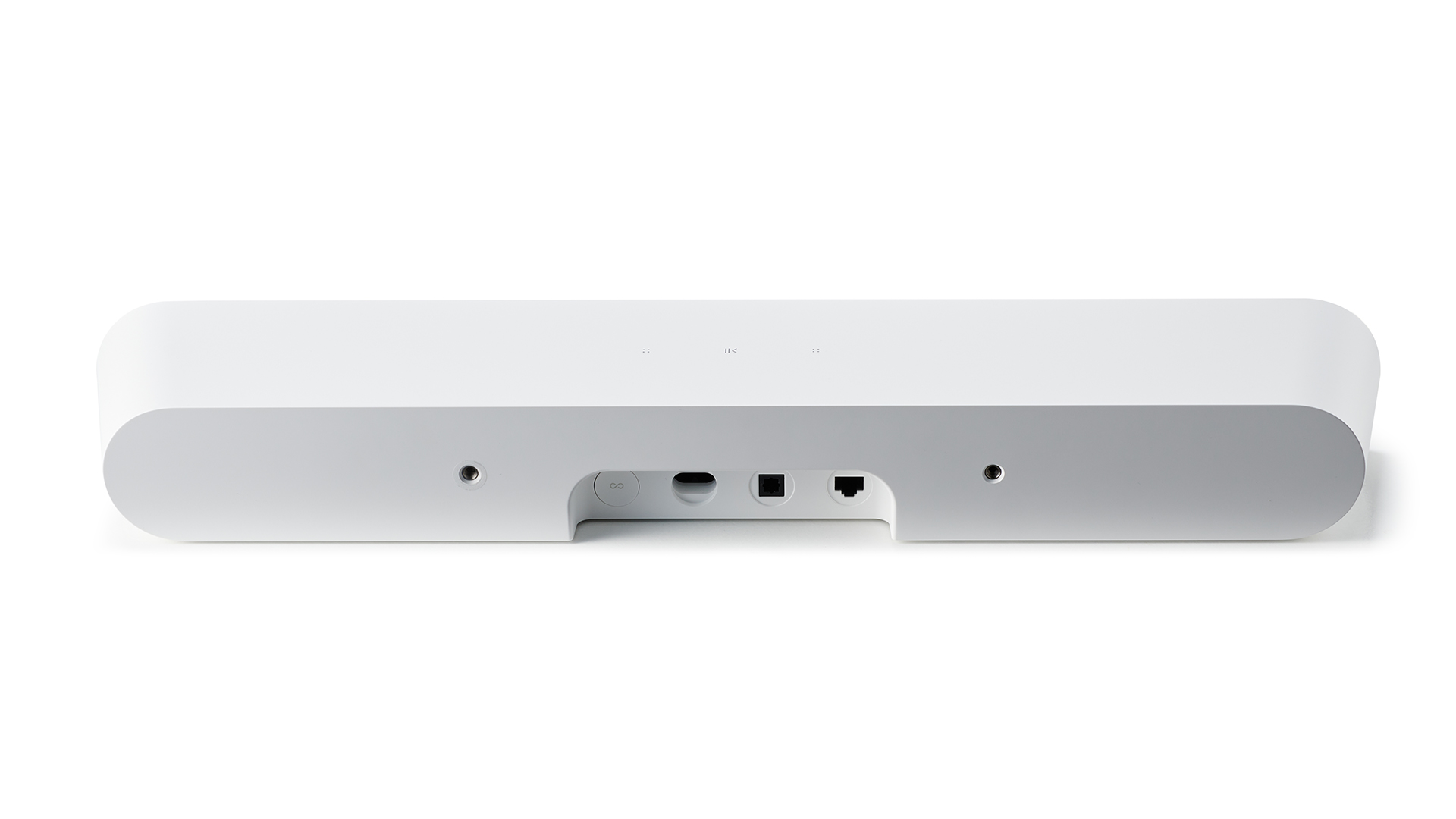
The Ray houses four class D amplifiers powering two centrally positioned, high-efficiency, elliptical mid-woofers and a pair of angled tweeters on either side. Low frequencies are handled by propriety low-velocity bass reflex ports that Sonos says deliver a weighty low end without distortion. Meanwhile, split waveguides with apertures are used to separate and project high frequencies forwards and outwards for a sense of spaciousness that, in conjunction with its audio processing, Sonos says, will accurately place elements within your room.
For a small speaker, the Ray delivers a punchy, detailed sound that's particularly strong at projecting dialogue clearly. As you might expect given its size, it doesn't have a vast soundstage. At launch, its bass extension was limited with very low-frequency sounds causing the speaker to produce a resonant vibrational buzz – we contacted Sonos about this, and it has since rectified the issue with a software update. That's public service journalism in action.
The Beam Gen 2 ups the ante on Ray with a quintet of front-facing drivers configured into five separate arrays. Two of these arrays are dedicated to reproducing overhead and surround sounds when watching Atmos content. With its enhanced processor power, the Sonos Beam Gen 2 uses psychoacoustic HRTF (head-related transfer function) technology to give the impression of height without the need for vertical drivers.
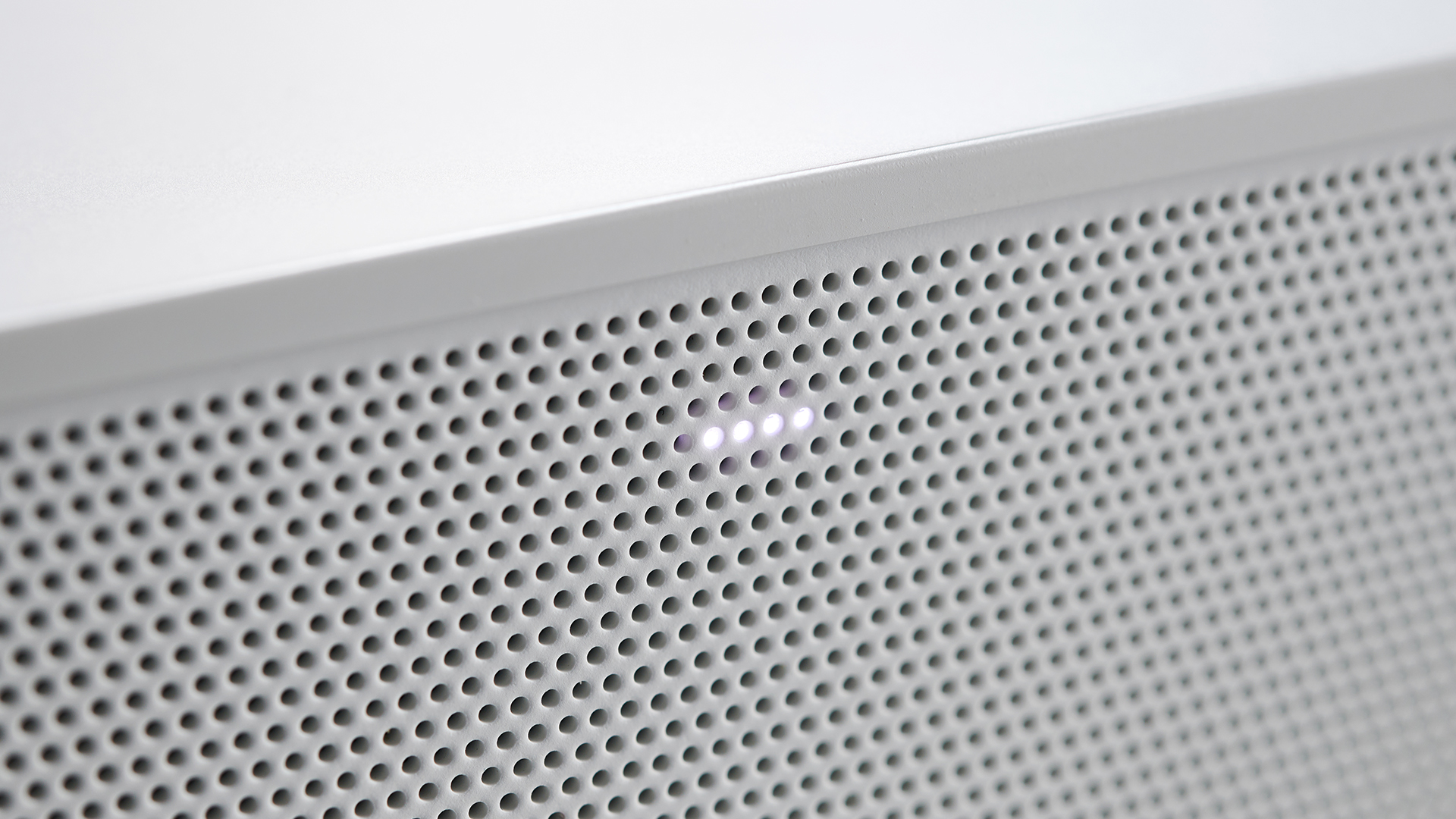
While genuine overhead sounds are a stretch too far for the Beam Gen 2, there’s more to Dolby Atmos than aeroplanes and helicopters, and the Beam Gen 2 handles the format better than any similarly priced soundbar, delivering an enveloping and precise spatial soundscape. Like the Ray, the Sonos Beam Gen 2 has strong vocal clarity with the former prioritising speech in a way that slightly flattens the delivery of background sound effects while the latter has a touch more warmth and nuance to both its dialogue and soundscapes.
We're big fans of the Beam Gen 2 and its approach to delivering virtual Atmos without sounding overly processed or synthetic so it was always going to be a tough speaker to beat, especially in a cheaper model. While the Ray is a likeable, affordable speaker that prioritises dialogue intelligibility and works hard to overcome its stature, it has a slightly one dimensional sound that lets it down in this battle of the bars.
**Winner: Sonos Beam Gen 2**
Sonos Ray vs Sonos Beam Gen 2: verdict

Some people may wonder why Sonos has bothered at all with the Ray when it already had the Beam Gen 2 on its books. With class-leading sound, a rich feature set and a compact design, the Beam Gen 2 was very much a forward step for the company. Conversely, the uncomplicated ethos of the Ray and its retro optical input is rather at odds with the company's reputation for being technically progressive and could almost be viewed as a backwards step.
However, while wireless connectivity and room calibration may be standard for Sonos they certainly aren't typically found in budget soundbars, making the Sonos Ray quite the standout.
In some ways, it's a bit of a throwback to the simplicity of the original Beam (though even that had ARC), and it's fair to say that there's still a market for a good quality soundbar that delivers straightforward sound without all the frills.
Sonos knows that the majority of people don't watch Dolby Atmos content and, with the Ray, the company is essentially saying that you shouldn't need immersive format support to enjoy high-quality sound from your TV.
However, flaws in its sonic performance detract from the Ray's appealing price point. If speech clarity is your biggest concern it could still be worth considering but if your budget can stretch a bit further, the Sonos Beam Gen 2 produces a more entertaining, more immersive and wider sound that's surprisingly sophisticated for a compact speaker.
**Winner: Sonos Beam Gen 2**
MORE
Read our Sonos Beam Gen 2 review
Read our Sonos Ray review
Avoid these 5 mistakes everyone makes with Sonos soundbars
The latest hi-fi, home cinema and tech news, reviews, buying advice and deals, direct to your inbox.
Mary is a staff writer at What Hi-Fi? and has over a decade of experience working as a sound engineer mixing live events, music and theatre. Her mixing credits include productions at The National Theatre and in the West End, as well as original musicals composed by Mark Knopfler, Tori Amos, Guy Chambers, Howard Goodall and Dan Gillespie Sells.
